
Here’s another post from our own Liz Overson, who’s gone the extra mile to interview parents around the country to hear how families are handling this phase of their kids’ learning… And it’s not easy, as she notes, below. (But she has some great tips for parents as a result of her research!) Thank you, Liz, for sharing these suggestions and resources.
—
The New (Not) Normal
It’s happening, and it’s hard. Parents and kids are adapting to the new normal of being home every day together, and now homeschooling is rolling out around the country. Not every family or every public charter school district can accommodate online learning from home, but for those that can – it’s introducing a myriad of new challenges.
We’ve spoken with parents from Ohio to California about the homeschooling challenges they’re seeing daily, especially for younger kids who aren’t yet self-starters. And here’s what we have learned:
Suggestions for Homeschooling Parents with Young Kids
- It’s an adjustment. Phase in slowly.
- Beware of being too aggressive with online learning. Every kid is different, and tolerance levels will vary from kid to kid and even day-to-day for each child.
- Don’t try to recreate the school day. We heard this a lot.
- Some things won’t work. That’s ok and even normal in homeschooling.
- Charter Schools are learning as they go on this as well. Think about feedback channels and communication strategies for your teacher(s). They’re your partners in homeschool, too.
- Reach out to other parents from your kids’ grades and classes. Maybe they’re finding success with areas that you find unnavigable.
- Ignore social media and what other people are doing. Who knows what else is happening before and after that sweet photo.
- Making a checklist every morning can be helpful for all. Crossing tasks off is so satisfying, too!
- Work together with your kids and follow through on the realistic expectations you set. Some type of school-based assignments will happen Monday – Friday.
- Find other things your kids like to do online and make space for that in the weeks at home. Online art classes, instructional videos, research, and explorations. There’s a world of educational content available for every age and stage.
Life with Quaranteenagers
And while teenagers may be better equipped to self-manage during homeschooling, they may bristle faster and more often being around their adults 24/7. And motivation is an ebb and flow for every teen in the easiest of times.
Here’s what communications might help:
- Targeted emails and posts about ways to stay on track – like journals, checklists, and even Productivity Apps would be helpful for these bigger kids.
- Hearing from college/career advisors about testing and all the other planning and prep that usually gets underway in spring.
- Virtual office hours and ways to make online appointments with teachers, advisors, administrators, and others who can help.
- Words of support from administrators, coaches, teachers, and more. Keep the communication coming and supportive.
And if parents are worried about their quarantines and the time they’re spending online – the experts at Common Sense Media have tips about TikTok, Fortnite, YouTube, parental controls, and more.
We found solid parenting advice from the pros at Child Mind Institute. The Clay Center for Young Healthy Minds is an incredible resource. And the gems at Unicef have excellent ideas to support parenting and caregiving during this pandemic, and they’re quick to remind us it’s the most important job in the world.
Suggestions for Charter School Teachers and Educators as we Partner in Homeschooling
- It can be hard for parents to figure out where to start
- Trial and error will happen, what should parents expect with the recommended web sites or assignments.
- Kids get irritable when on screens for too long. What options for workaround can we provide?
- Kids miss interacting with their teachers!
- If there wasn’t time for a practice session before schools closed, can there be some instructional videos for parents? Schoology and others seem to allow for this.
- Don’t abandon PE now – keep kids moving,
- Help problem-solve for not regressing
- Try not to spring ‘days off’ on working parents. If there’s going to be a Friday without assignments or an “Art” day, give as much forewarning as possible.
- Offer advice for motivating sad or stubborn kids.
- Your community is everything! Now more than ever.
Flexibility and patience seem to be at the forefront of successful homeschooling. Each day is a reboot and a chance to try again. And for everyone’s health – students and their parents – positive reminders to keep moving (even indoors), find a quiet corner when needed, and keep up the virtual visits and socializing can go a long way. So can reminders about the abundance of ways to foster creative and critical thinking.
As our weather gets warmer and more beautiful as March turns to April and beyond, it’ll allow for more and more charter school families to get outside together, all while still maintaining a healthy #socialdistance.
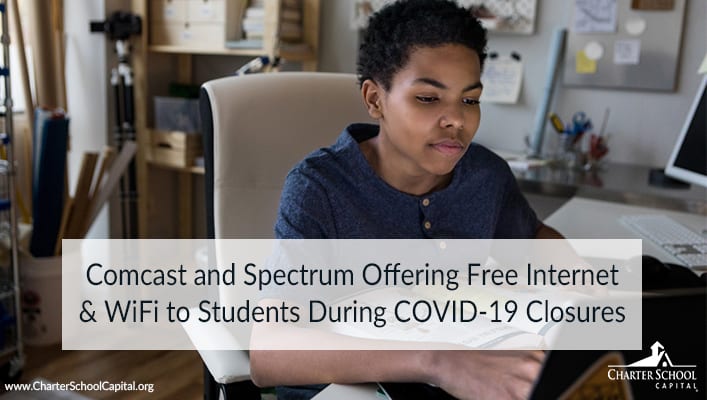
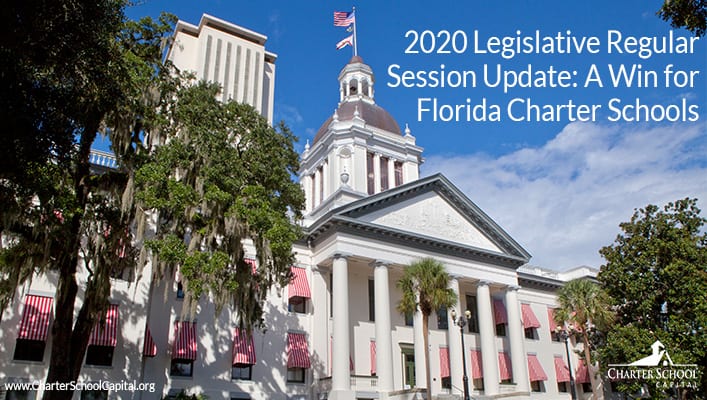 2020 Legislative Regular Session Update: A Win for Florida Charter Schools
2020 Legislative Regular Session Update: A Win for Florida Charter Schools
 California Legislature Takes Early Recess
California Legislature Takes Early Recess 10 Great School Resources for COVID-19 (Coronavirus)
10 Great School Resources for COVID-19 (Coronavirus)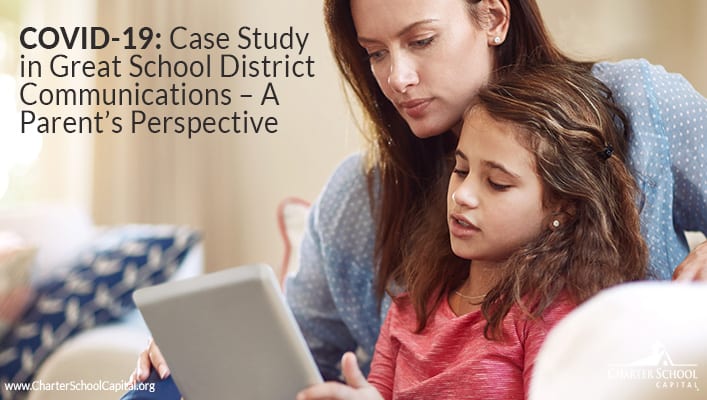 COVID-19: Case Study in Great School District Communications – A Parent’s Perspective
COVID-19: Case Study in Great School District Communications – A Parent’s Perspective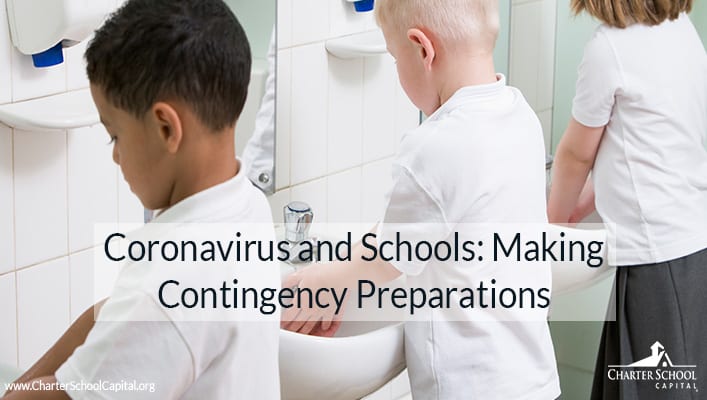 Coronavirus and Schools: Making Contingency Preparations
Coronavirus and Schools: Making Contingency Preparations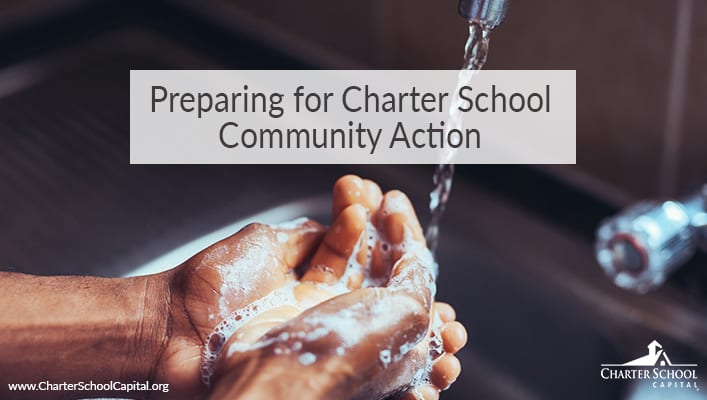 Preparing for Charter School Community Action
Preparing for Charter School Community Action 27th Annual California Charter Schools Conference
27th Annual California Charter Schools Conference
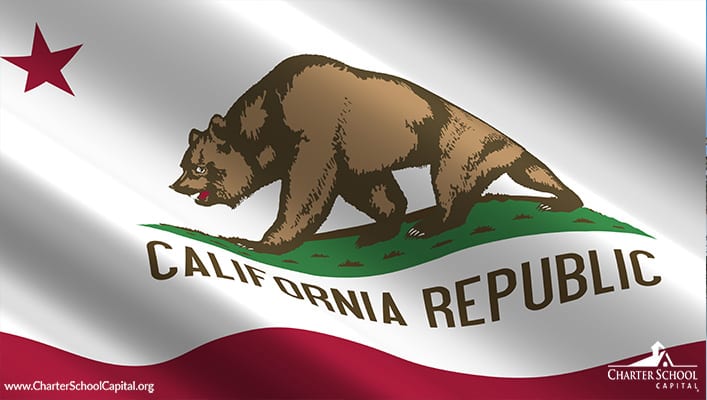 Tuesday’s California Election Results
Tuesday’s California Election Results